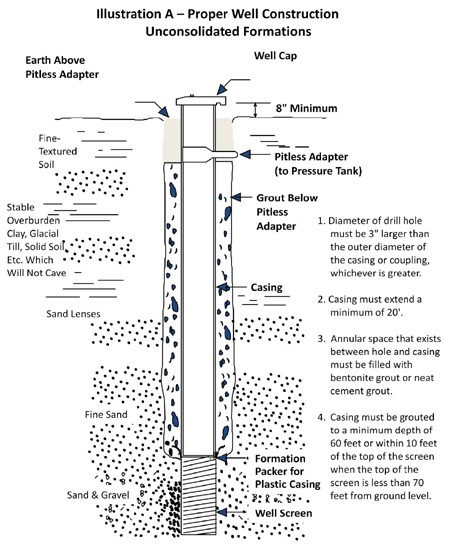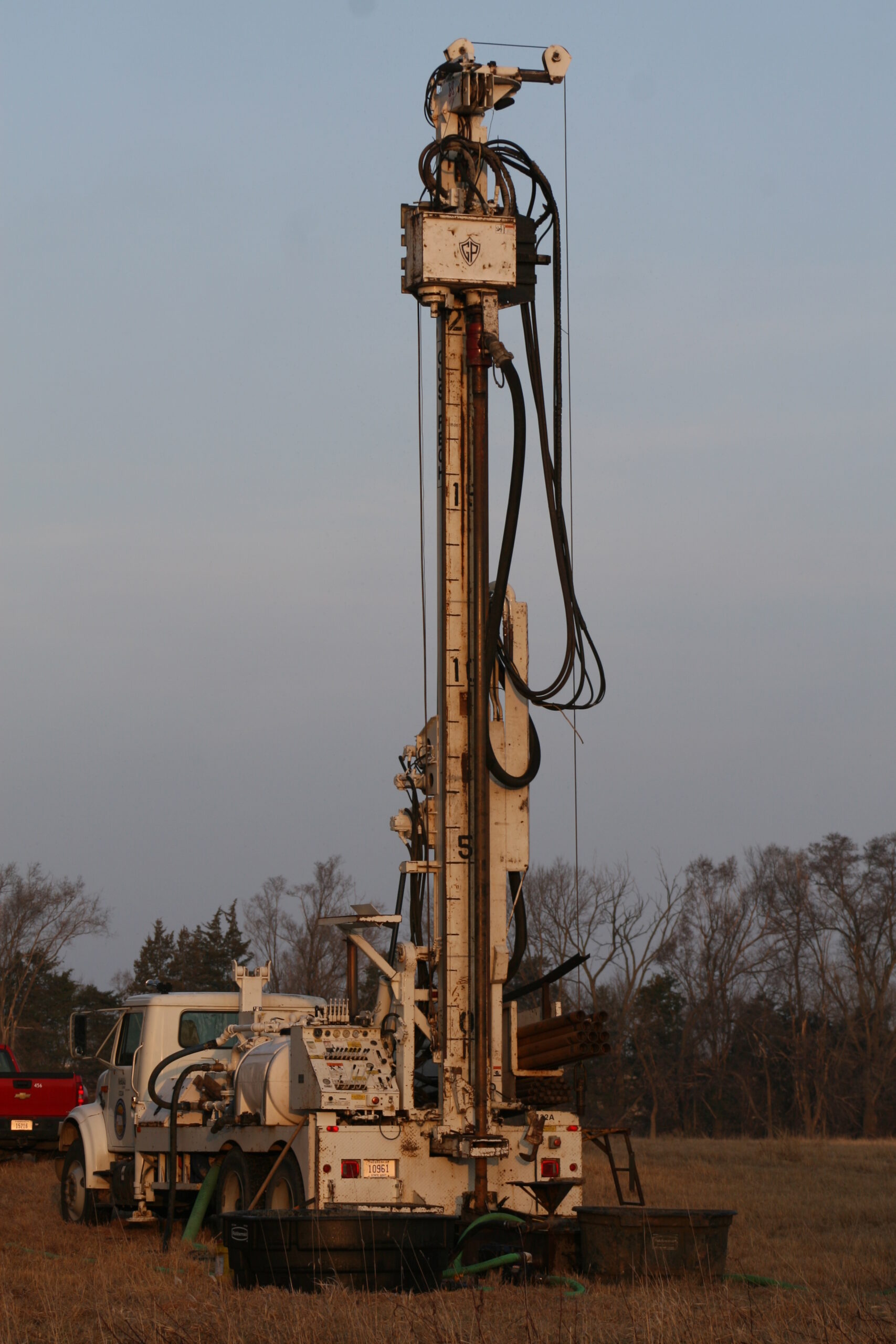Brunnen Schlagen: Everything You Need to Know
Understanding Brunnen Schlagen
Brunnen schlagen, or well drilling, refers to the process of creating a water well by boring into the ground until an aquifer is reached. This method is crucial for accessing groundwater, which many communities rely on for drinking water, irrigation, and industrial use. The need for reliable water sources has made brunnen schlagen an essential practice, particularly in areas where surface water supplies are inadequate. Understanding the various techniques and tools involved in this process can tremendously benefit not only individuals but communities and industries alike.
The Process of Brunnen Schlagen
The brunnen schlagen process typically involves several key steps. First, identifying the right location is essential. This step commonly involves geological surveys to determine the potential presence of groundwater. Once a suitable site is selected, various drilling methods can be employed depending on the depth of the aquifer and the type of soil. For instance, rotary drilling is used for deeper, harder rock formations, while auger drilling is often sufficient for shallow wells. Technological advancements in drilling machinery have made this process more efficient and less disruptive. After drilling, a casing might be installed to protect the well from contaminants and silt. The well is then developed to enhance water flow, and finally, it is tested for water quality. Expansion of the drilling technology and awareness of its environmental impact play crucial roles in environmentally friendly water extraction practices.

Tools and Equipment Used in Well Drilling
Accurate well drilling requires various specialized tools and equipment. These can range from manual augers for shallow wells to sophisticated rotary drilling rigs for deeper aquifers. Key components involved in the brunnen schlagen process include drill bits, casings, and pumps. Each element plays a vital role in ensuring the effectiveness and safety of the drilling project. Understanding the function of these tools can help drillers and practitioners choose the right equipment for their specific needs. It is also essential to consider the environmental impact of the materials used, ensuring they facilitate safe and sustainable water extraction.
Common Challenges in Brunnen Schlagen
While brunnen schlagen is an essential resource extraction process, it does come with its challenges. Among the primary issues faced are environmental concerns such as groundwater depletion and contamination from drilling fluids. Targeting shallow aquifers can inadvertently lead to complications such as surface water intrusion, which can affect the well’s water quality. Accepting the accountability of sustainable practices during drilling processes is crucial. Drillers should be prepared to address these challenges with expert knowledge and technology, employing methods that minimize environmental impacts. Addressing these issues creates a healthier relationship with the natural resources we depend on.
Benefits of Having a Water Well
Investing in brunnen schlagen has numerous advantages, particularly for individuals and communities looking to harness their water sources. One of the most significant benefits of having a water well is the ability to access clean, fresh water without dependence on municipal supplies. Well water is typically less expensive over time than city-supplied water, especially for large irrigation systems for agriculture. Moreover, owning a well grants users more autonomy in managing their water resources, which can be critical in times of drought or water shortages. Understanding these benefits helps homeowners and businesses make informed decisions about their water sourcing strategies.
Improved Water Quality
Another significant advantage of drilling a well is the potential for improved water quality. Many wells can yield fresh water that is free from many contaminants found in treated municipal supplies. Because the water from a well originates from underground aquifers, it typically undergoes natural filtration through layers of earth and rock. This natural process ensures that well water is often clearer and tastes better than its surface counterparts. Regular testing of the well water is necessary to maintain its purity. Property owners must implement periodic health checks to prevent any contamination and ensure safety.
Cost Efficiency
Drilling a well can prove cost-efficient in the long run. Although initial drilling costs may be substantial, the ability to access one’s own water source offers financial savings. This aspect becomes particularly essential for farmers who depend on large volumes of water for irrigation. With a well in place, property owners can avoid ongoing municipal water bills and high agricultural fees, making this investment worthwhile. Understanding the long-term benefits allows individuals to budget for initial drilling costs while enjoying years of savings and reliability.

Self-Sufficiency
Having a personal water source through brunnen schlagen fosters a sense of self-sufficiency. This independence from public water systems can be crucial in remote or rural settings, where infrastructure may be lacking. A well provides its owner with a reliable water supply tailored to their specific needs. When combined with excellent water conservation practices, this independence can be a vital aspect of personal resource management in an increasingly insecure water world. Embracing this self-sufficiency empowers individuals and communities to take control of their water resources.
Regulations and Best Practices in Well Drilling
Understanding the legal framework surrounding brunnen schlagen and well drilling is crucial for compliance and sustainability. Various regulations govern well construction, maintenance, and safety protocols to ensure public health and the protection of water resources. Drillers must be familiar with local guidelines regarding water rights, environmental impacts, and a proper drilling process. Collaborating with local government and regulatory bodies can help ensure safe drilling and protect groundwater supply, safeguarding both private and public interests in water resource management.
Local Regulations
Each state or region may have specific regulations regarding well drilling to regulate water extraction effectively. These rules often also encompass the licensing of well drillers and the quality of materials used. Checking with local authorities about necessary permits, assessments, or inspections before beginning work is essential. Awareness of these regulations helps eliminate potential fines or setbacks during the drilling process. Drillers must prioritizing compliance can result in smoother operations and more consistent water access in the future.
Best Practices for Sustainable Water Extraction
To promote sustainability in water extraction, practitioners should follow best practices throughout the drilling process. This includes selecting appropriate drilling methods based on geological conditions, utilizing eco-friendly materials, and being vigilant about water conservation. Developing a comprehensive water management plan that includes regular maintenance checks on the well and monitoring water levels can significantly reduce environmental impacts. Adhering to these best practices can help ensure that resources remain available for generations to come.
Long-Term Maintenance for Wells
Proper maintenance and regular testing of the well water quality ensures a safe water supply for well users. It is imperative to check for leaks, monitor water levels, and conduct water quality tests periodically. Such actions help identify any potential contamination issues or changes in water quality early. Understanding how to maintain a well helps reduce operational costs and enhances its longevity. Effective long-term management fosters better relationships with water resources and ensures access to clean and safe water over time.
Conclusion and Key Takeaways
Brunnen schlagen provides an invaluable resource for communities and individuals alike by ensuring reliable access to water. Understanding the drilling processes, benefits of well ownership, and regulations surrounding it can empower individuals to make informed decisions about their water sources. Ultimately, with best practices in mind, employing sustainable techniques allows for responsible water management.
Key Takeaways:
- Brunnen schlagen, or well drilling, is vital for accessing groundwater.
- The process involves specific techniques, tools, and an understanding of local regulations.
- The benefits of having a well include improved water quality, cost savings, and overall self-sufficiency.
- Practicing sustainable water extraction and proper well maintenance is essential for long-term viability.
- Involvement in local regulations and compliance helps ensure safe and responsible resource management.
FAQ
1. What types of drilling methods are commonly used in brunnen schlagen?
There are several types of drilling methods, including rotary drilling and auger drilling. Rotary drilling is typically used for greater depths and harder formations, while auger drilling is more suitable for shallow wells. Depending on the geological conditions, each method has its unique advantages and disadvantages related to efficiency and cost.
2. How can contamination of well water be prevented?
To prevent contamination of well water, use proper well construction techniques, including sealing the well structure and ensuring flow protection from surface runoff. Regular testing and maintenance schedule for water quality will allow for early contamination detection so corrections can be made swiftly.
3. What are the initial costs associated with drilling a water well?
The initial costs include various factors such as site assessment, drilling methods selected, and the installation of casing and pumps. While prices can vary drastically based on location, depth, and complexity, it’s essential to budget for permits and consultation services that may be necessary to complete the well-drilling project effectively.
4. How deep do water wells typically need to be?
Water well depths can vary significantly based on geographic conditions, with depths ranging from 10 to over 1,000 feet. A licensed driller can assess the best depth options based on local geological surveys and water accessibility findings.
5. What maintenance is required for water wells after installation?
Once installed, regular maintenance including inspections for mechanical issues, monitoring fluctuations in water levels, and conducting water quality tests should occur periodically. This diligence helps keep the well system functional while ensuring the water remains safe to consume.
6. Can I perform my own brunnen schlagen?
While some individuals may possess the skills for self-drilling, it is important to consult local regulations, assess geological conditions, and possibly hire qualified professionals. Complying allows for opportunities to prevent damages or unforeseen problems down the line.
7. What are the environmental impacts of well drilling?
Well drilling can lead to groundwater depletion, contamination, and habitat disruption. By implementing sustainable practices and adhering to mining regulations, drillers can minimize the potential adverse effects on the environment, maintaining water resources for sustainability and future generations.
